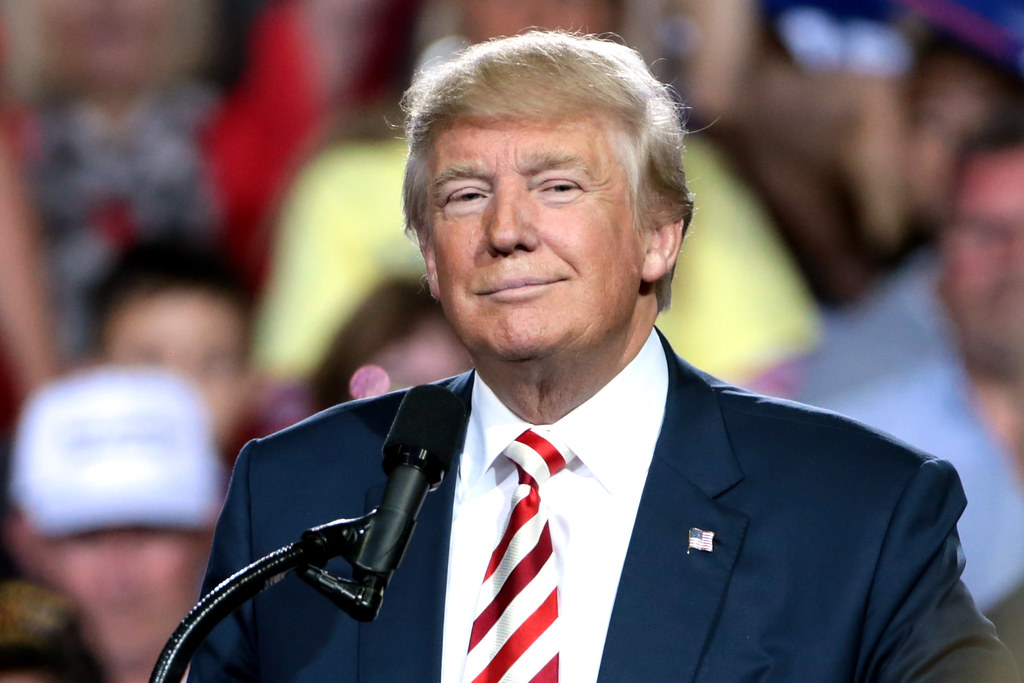Key Takeaways:
- Trump’s anti-worker moves include cutting safety rules and blocking wage gains.
- He fired the labor board chair and stripped collective bargaining from federal staff.
- Wind energy projects, home-care wage plans, and disabled worker protections faced his ax.
- Tariffs, mass deportations, and rich tax cuts cost jobs and drove up prices.
- Unions could unite around a Compact for American Workers and push fresh leaders.
- A strong labor vote and union action can challenge Trump before the 2026 midterms.
Why Trump Is Labeled Anti-Worker
Steve Greenhouse, a veteran labor reporter, calls Trump the most anti-worker president in U.S. history. He backs this claim with dozens of clear examples. Moreover, Trump’s top legislative vehicle barely passed through a GOP Congress. Then he piled on more than twenty executive orders. As a result, U.S. workers face cuts in pay, safety, and basic rights.
Key Anti-Worker Actions Under Trump
• He cut or rolled back rules that kept miners from deadly lung diseases.
• He fired the chair of the National Labor Relations Board, stalling worker protections.
• He stripped a million federal employees of their right to bargain collectively.
• He shut down wind turbine projects and killed green energy factory subsidies.
• He moved to end minimum wage and overtime rules for home-care staff.
• He scrapped rules preventing disabled workers from earning subminimum pay.
• He opposed a $15 federal minimum wage and cut federal contractor wages.
• He imposed tariffs and mass deportations that raised prices and cost jobs.
• He pushed a huge tax cut for the wealthy, paid by cuts to food aid and Medicaid.
• He slashed OSHA staff and froze enforcement of new safety rules for miners.
What Does ‘Anti-Worker’ Mean?
Being anti-worker means putting corporate and political gains above worker safety, pay, and rights. Instead of enforcing laws that protect unions, an anti-worker leader guts those rules. Also, this approach targets the most vulnerable, like disabled workers, home-care staff, and immigrant labor. In short, anti-worker actions weaken the very rules meant to keep jobs and lives secure.
Impact on American Workers
First, weaker safety rules have led to more dangerous worksites in mines, factories, and farms. Next, cuts to collective bargaining leave many without a voice at work. Furthermore, ending green energy support halts new factory and construction jobs. Also, deporting millions of workers removes the labor force that builds homes and picks crops. Then, higher prices from tariffs hit family budgets for groceries and gas. Finally, slashed food aid and health coverage force many to choose between medicine and rent.
How Unions Can Fight Back
Unions and their members can rise to the challenge. They might draft a Compact for American Workers that demands fair wage laws, stronger safety rules, and true bargaining rights. Then they could pressure the Democratic Party to adopt this plan and choose fresh, pro-worker leaders. Moreover, unions can use social media, town halls, and protests to spread the word. In addition, they can endorse candidates who promise to reverse anti-worker policies. By uniting rank-and-file members and leaders, this movement could reshape political power.
A Call to Action Before 2026
There is one more Labor Day before the 2026 midterm elections. Therefore, unions must build momentum now. First, they should educate every member about Trump’s anti-worker record. Next, they need to register and mobilize voters in key states. Also, they must hold lawmakers accountable for supporting anti-worker bills and orders. If they succeed, they could fire Trump at the ballot box or force Congress to act on impeachment. Ultimately, the sovereign people hold the power to protect their rights and livelihoods.
Frequently Asked Questions
What does anti-worker mean in this context?
It refers to policies that cut worker protections, safety rules, and fair wages. An anti-worker leader favors corporate profits over labor rights.
How have Trump’s anti-worker actions hurt safety?
He cut OSHA staff and froze new rules that protect miners from lung disease. This leads to more workplace accidents and health risks.
Can unions really change these policies?
Yes. By uniting around a clear plan, pressuring politicians, and turning out voters, unions can push for stronger labor laws.
What can voters do to fight anti-worker measures?
They can vote for pro-labor candidates, join local union or community groups, and demand that lawmakers reject anti-worker bills.
